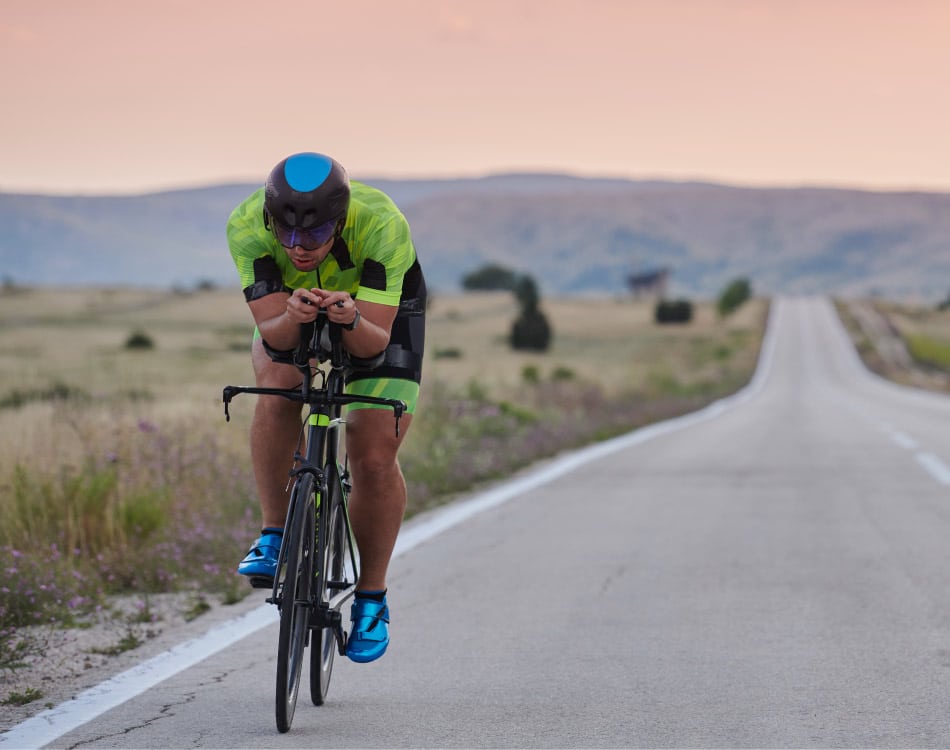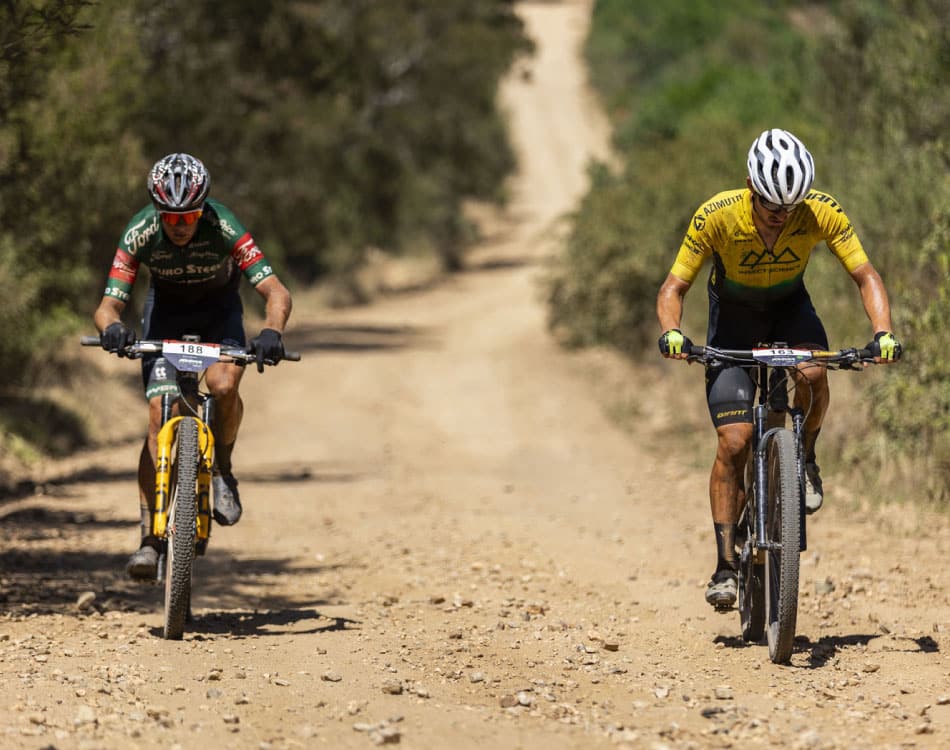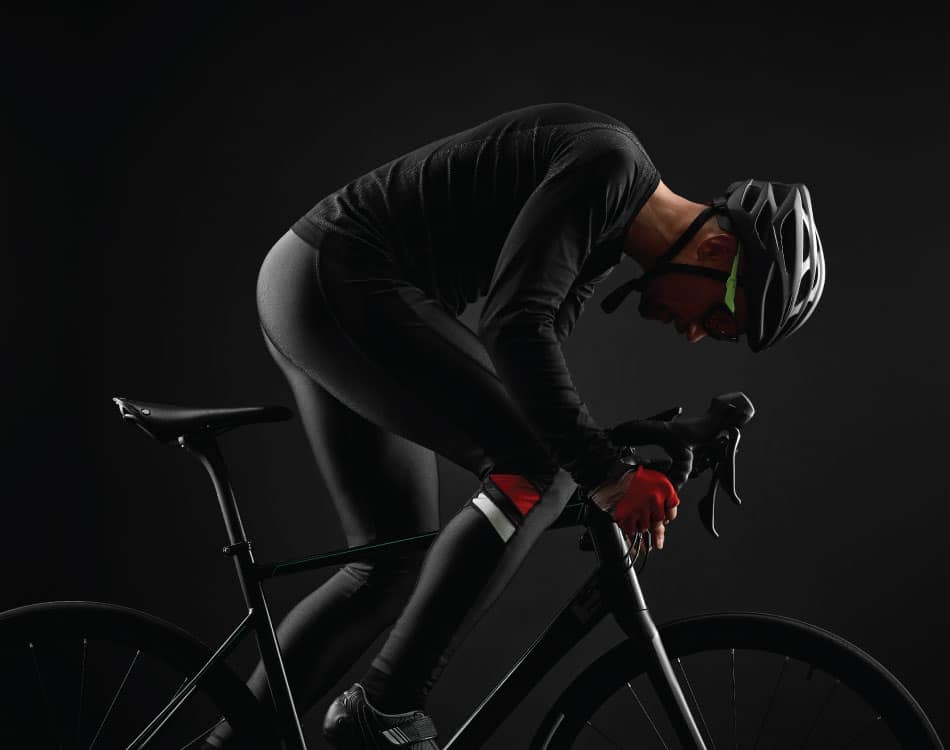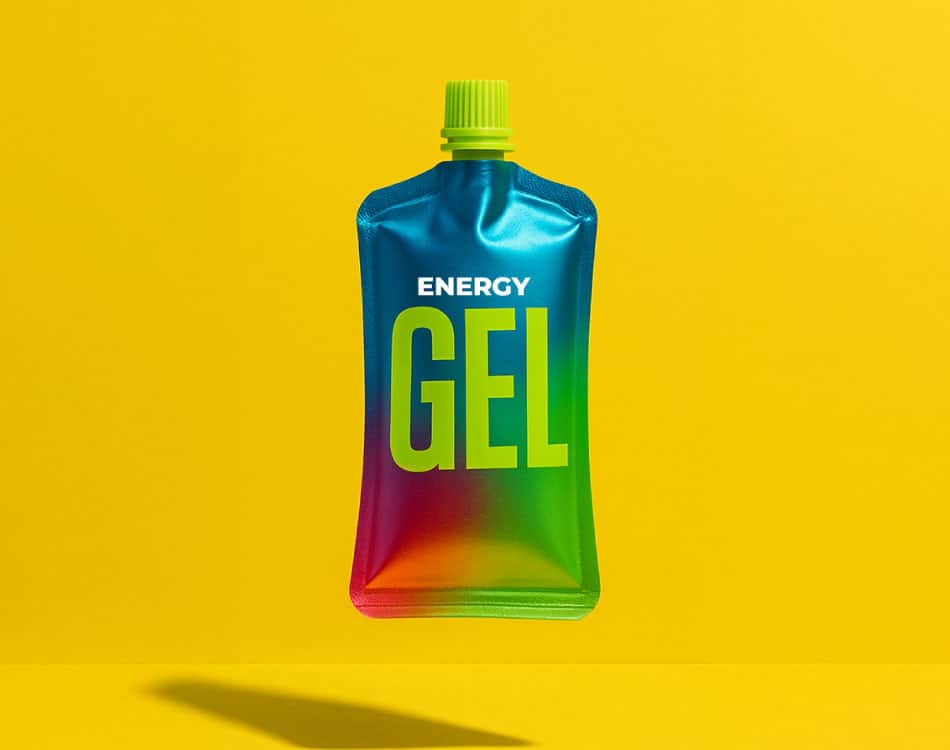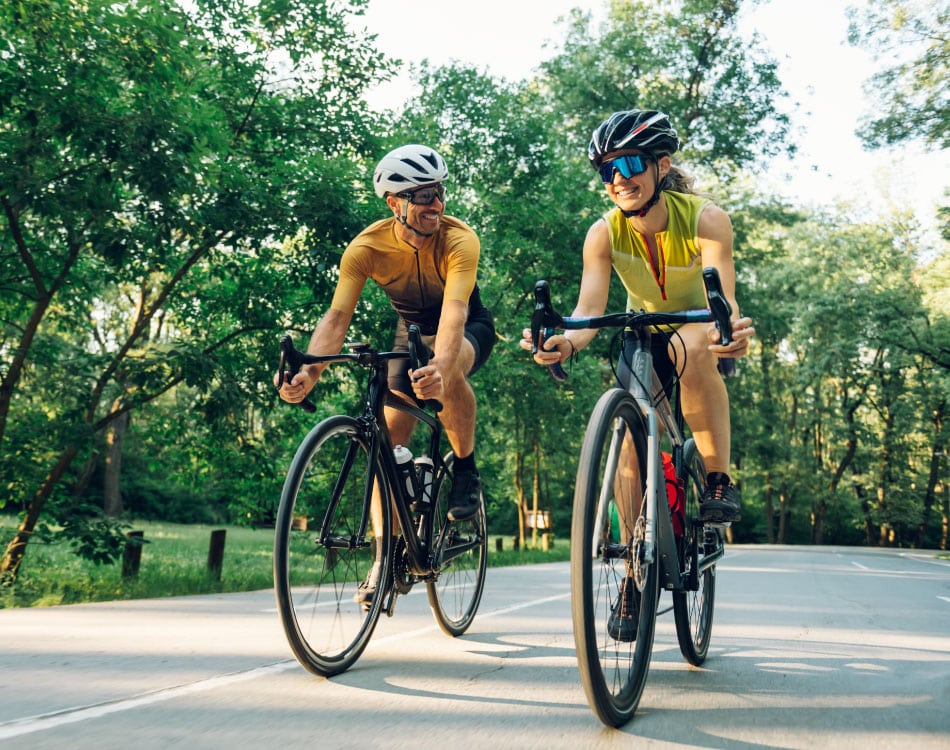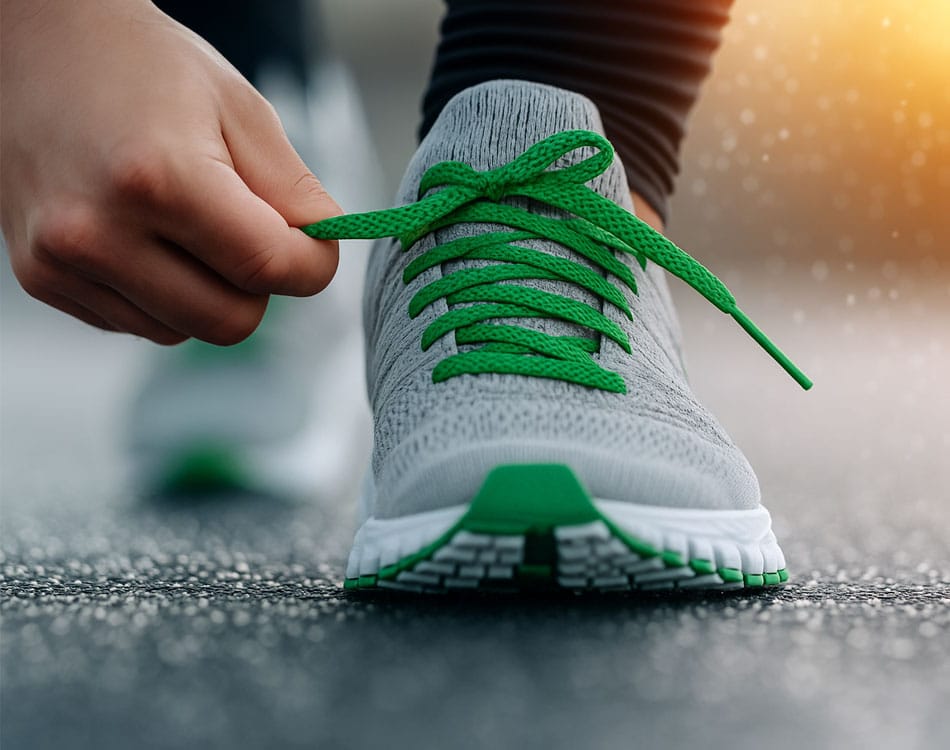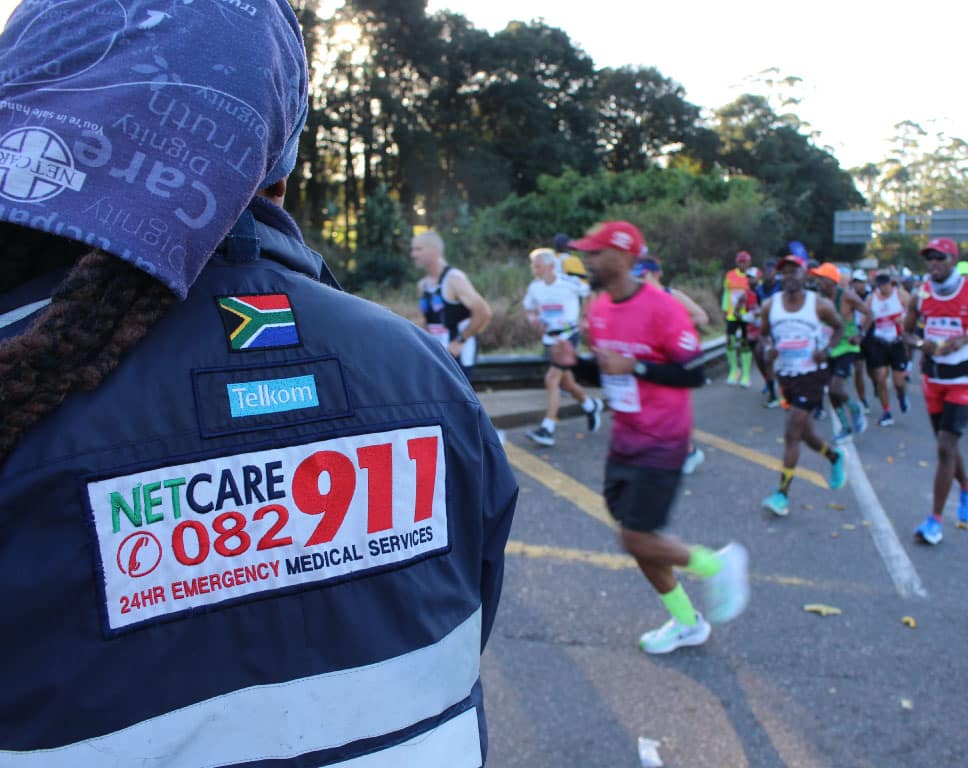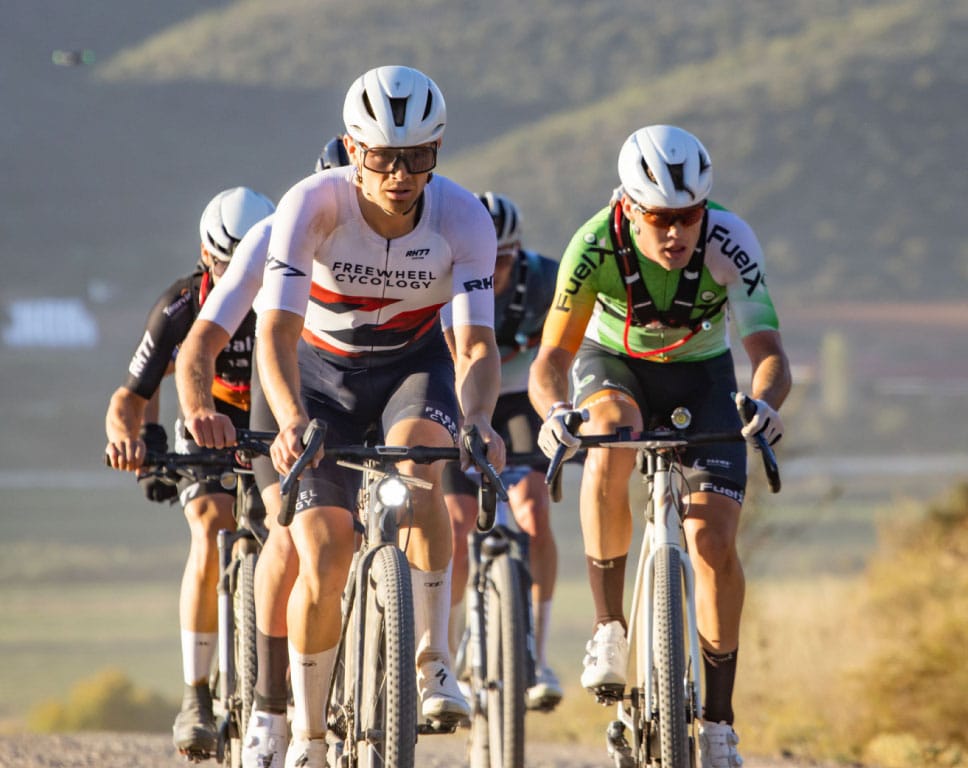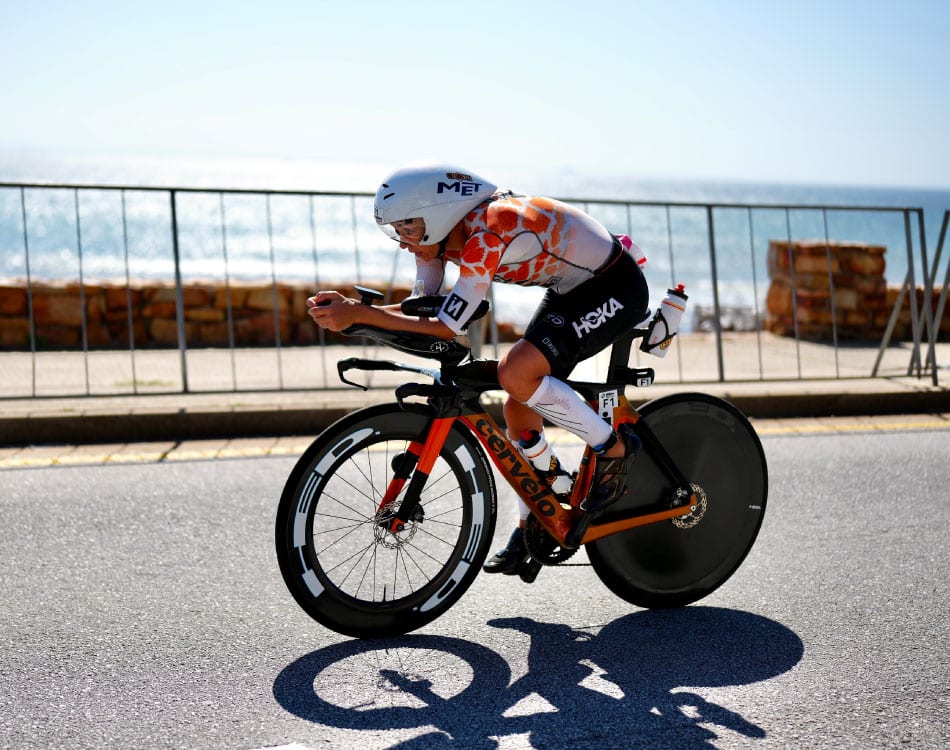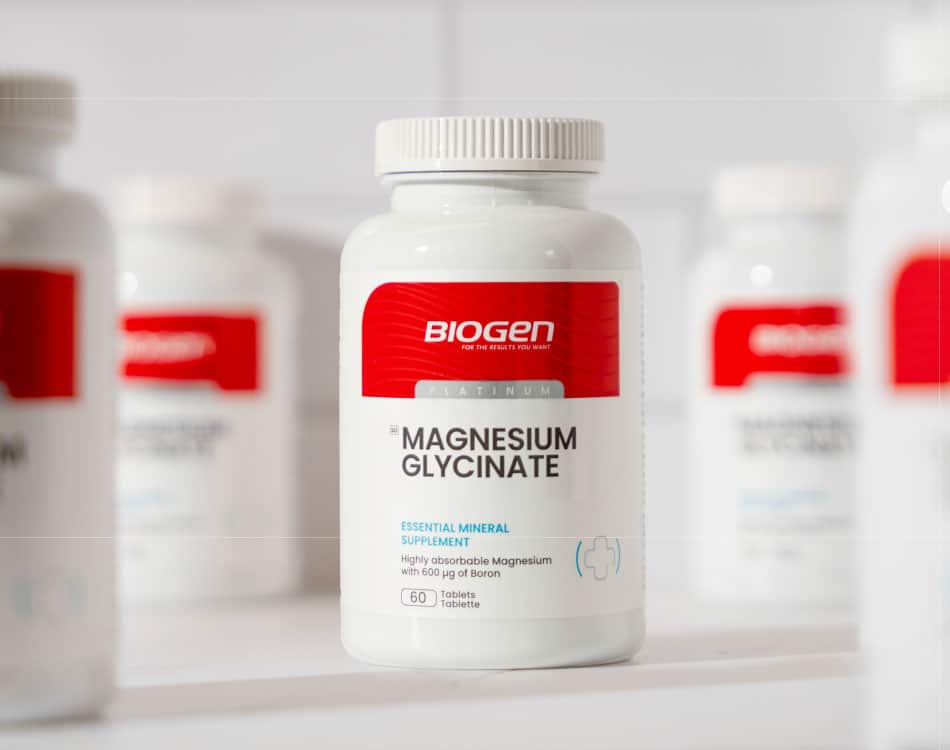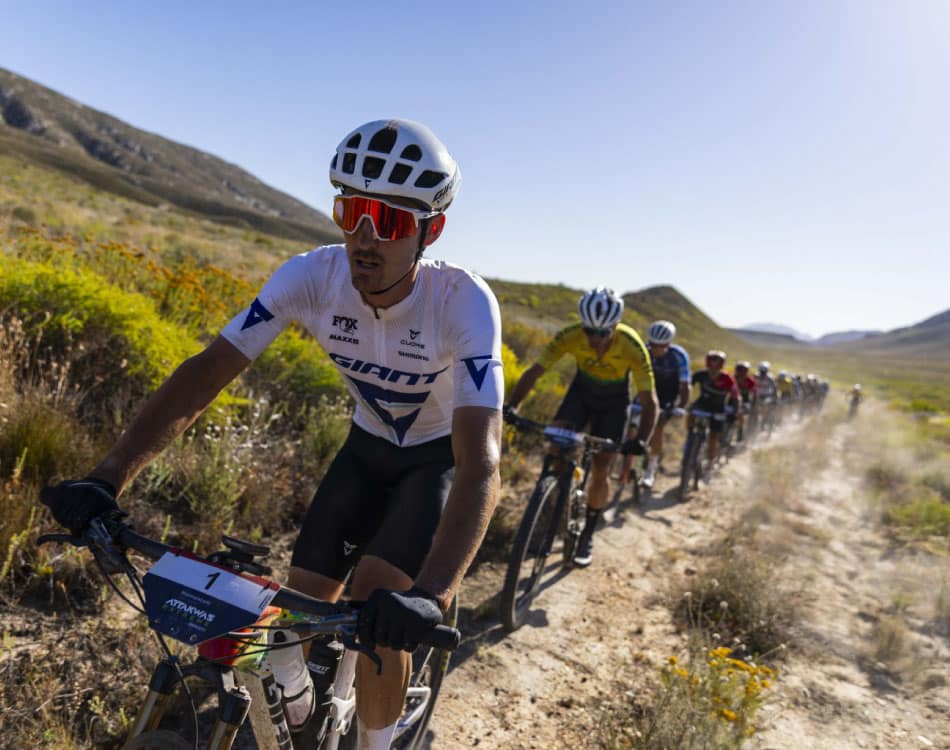While non-stop ultra-endurance single-stage events are growing in popularity due to the extreme physical and mental challenge they pose, many athletes still consider the multi-day stage race as the ultimate test of endurance.
A stage race is typically a point-to-point event that is broken up into specific, shorter segments that participants complete over multiple days.
That effectively means back-to-back days of hard, long riding or running, often over technical and hilly terrain.
READ MORE | 3 Steps To Boost Post-Workout Recovery For Endurance Athletes
All the ingredients
The recipe to successfully completing a stage race requires a specific set of ingredients – a well conditioned body, superior fitness and strength, a strong mind, and the right approach to nutrition and recovery.
The starting point for every stage race preparation plan is a solid training base. That means time on the legs or in the saddle and a strong and mobile body.
Strength training basics
Conquering consecutive days on the trails will take a physical toll on your body. But creating a strong core lays the foundation for enhanced resilience and improved efficiency.
The key strength components for every multi-day stage racer include:
- Core strength
- Pelvic stability
- Symmetrical strength (equal or near-equal strength between your left and right legs)
- Proper muscle activation and firing patterns
Work to improve core stability and create symmetrical strength by performing functional movements in the gym, with a focus of single-leg (unilateral) exercises. Suitable exercises for runners and cyclists include:
- Step ups
- Romanian deadlifts
- Single-leg squats/pistol squats
- Single-leg hamstring curls
- Single-leg calf raises
Functional strength exercises:
- Squats (and variations)
- Kettlebell swings
- Suspension trainer leg curls
- Reverse walking lunges
- Box jumps
Ideal core exercises to include in your programme:
- Planks (and variations)
- Hollow holds
- Dead bugs
- Side planks
- Anti-rotation exercises (off-set farmer’s carry)
Exercise guidelines:
- Execute each exercise using correct form
- Maintain time under tension in every movement phase
- Include a longer duration, slower tempo eccentric extension phase
READ MORE | Power-Build Your Way To A Stronger Body
Mobility and flexibility
Incorporate mobility and flexibility to improve your posture and enhance your range of motion in your hips, knees and ankles while running or riding. Ideal mobility and flexibility drills for runners and riders include:
- World’s greatest stretch
- Squat stands
- Hip flexor stretch
- Knee hugs
- Rocking ankle mobilisation
READ MORE | Mobility Workout – Download And Get Moving!
Building the base
Follow a periodised training plan that spans at least 18 weeks. An ideal plan should progressively increase training volume for three weeks (called “up” weeks), followed by an active recovery week (a “down” week), repeated four times (4 weeks x 4 blocks = 16 weeks + a 2 week taper). This is the ideal approach to improve your cardiovascular fitness and build race-specific conditioning.
The ideal training block = 4 weeks – 3 “up” weeks, 1 “down” week
A training block should include a mix of intensity and distance, intermixed with a few easy and recovery sessions. A typical training week should include.
- Monday: Recovery run/ride
- Tuesday: Intensity – Hills repeats or intervals
- Wednesday: Mid-week longer run/ride
- Thursday: Intensity – Tempo or structured intensity work
- Friday: Rest
- Saturday: Easy run/ride
- Sunday: Long run/ride
Take an extra recovery or rest day during every fourth (“down”) week to recover and reduce overall training volume by 10-20%. Aim to increase your volume by 10% every week during each “up” week in a block. Start the next block with the same weekly milage you ended the previous block.
Your periodised training plan should look like:
- Block 1: Week 1-4 (3 up, 1 down)
- Block 2: Week 5-8 (3 up, 1 down)
- Block 3: Week 9-12 (3 up, 1 down)
- Block 4: Week 13-16 (3 up, 1 down)
- Taper: Week 17-18 (Cut volume by 30-40% in each taper week)
Bonus stage race conditioning tips.
- In block 3 and 4, swap your easy Saturday for another long run.
- In week 13 and 14, move your rest day to Thursday and add an additional long run or ride on Friday so that you perform three back-to-back long sessions on three consecutive days.
Simulate the conditions
Aim to train on similar terrain to the race route. As most multi-day stage races take place on trails, it is best to head into the mountains whenever possible to gain experience and build confidence by improving your skills and proficiency on the technical stuff.
Early starts are another feature of stage races so include these start times in your training plan and arrange for some early morning runs or rides.
It is also important to train carrying your hydration backpack (for runners) or all the gear you may need during your event to test the equipment, get comfortable carrying it, and ensure it doesn’t cause discomfort or chaffing.
Optimise recovery
Your ability to complete this volume of training and hit every session depends greatly on your ability to manage the cumulative fatigue and recover optimally between hard or long training sessions.
Recovery guidelines:
- Eat a quality carb source or performance supplement before every hard and every long training session.
- Start every intensity session with a proper warm up.
- End every session with 8-10 minutes of active recovery.
- Rehydrate with electrolytes.
- Fuel your body during your intensity and long sessions, and eat a snack or supplement that contains carbs and protein as soon as possible after your session ends but within the first hour following training.
- Stretch, perform mobility drills and foam roll every night, even on rest days.
- Include cold-hot contrasting (ice baths and saunas) whenever possible to help flush your muscles.
- Schedule periodic massages – ideally 1 every fourth week – in your “down” recovery week on a rest day.
- Get sufficient sleep. Your body requires 7-9 hours a night, particularly during high-volume training blocks. Place greater importance on the hours before midnight – it’s when you get the best quality sleep.
- Wear compression garments – calf sleeves or leggings – on the days following hard or long training sessions to support the vascular system and aid recovery.
READ MORE | Performance Fuelling: Uncovering The Highest Octane Energy Source For Athletes
Start your recovery early
When it comes to multi-day stage races, getting to the start line is only half the battle won.
Managing your effort in the early stages to conserve energy and staying on top of your nutrition and recovery are the keys to a successful race performance.
A popular saying among experienced stage racers states that you need to “fuel today for tomorrow’s effort”. That basically means consuming sufficient food and supplements during the stage to keep energy levels topped up.
This nutrition strategy should include sufficient protein or amino acids to limit muscle damage during the stage, which will also reduce your recovery demands between the finish and the next day’s start.
A landmark study on the use of BCAAs in endurance athletes conducted by researchers from the Institute of Human Physiology in Verona, Italy, found that conditioned athletes who trekked through mountains at an average altitude of 10,000 feet for 21 days lost no muscle when supplementing with BCAAs. In fact, study findings showed that the athletes lost 11.7% body fat while actually gaining 1.5% of muscle over the period.
Numerous studies have also shown that a carbohydrate-protein drink can positively mediate the inflammatory response and reduce delayed onset muscle soreness (DOMS). This will obviously have a positive effect on performance during subsequent stages.
As such, supplements that provide a carbohydrate and protein blend are an ideal solution for stage racing. You can find these products in various forms, including energy drink powders, gels and carb-protein bars.
Additional ways to boost recovery between stages:
- Continue with your usual stretching, foam rolling, mobility and massage routine between stages.
- Try include hot-cold contrasting protocols in your post-stage recovery, even if its in the shower.
- Get your compression socks or leggings on as soon as possible after you finish.
- Keep moving throughout the day but keep it short and low intensity, like walking.

